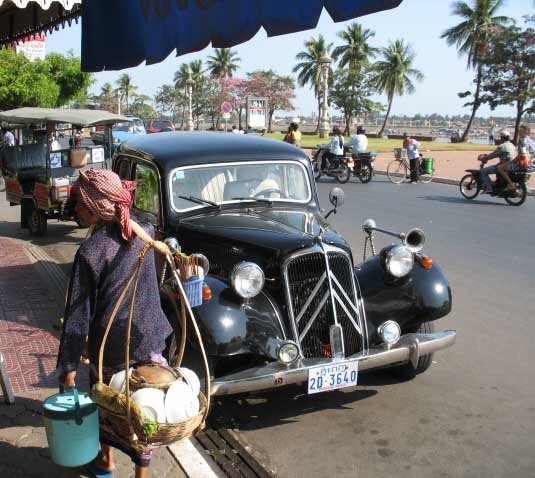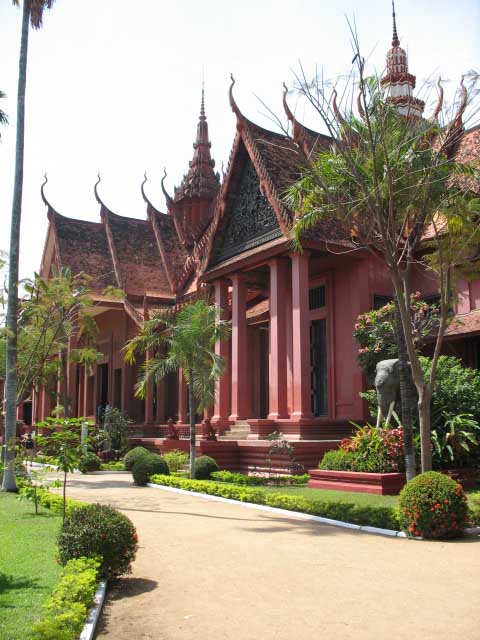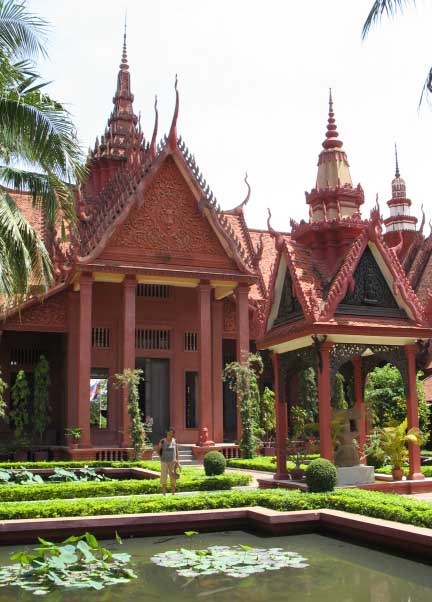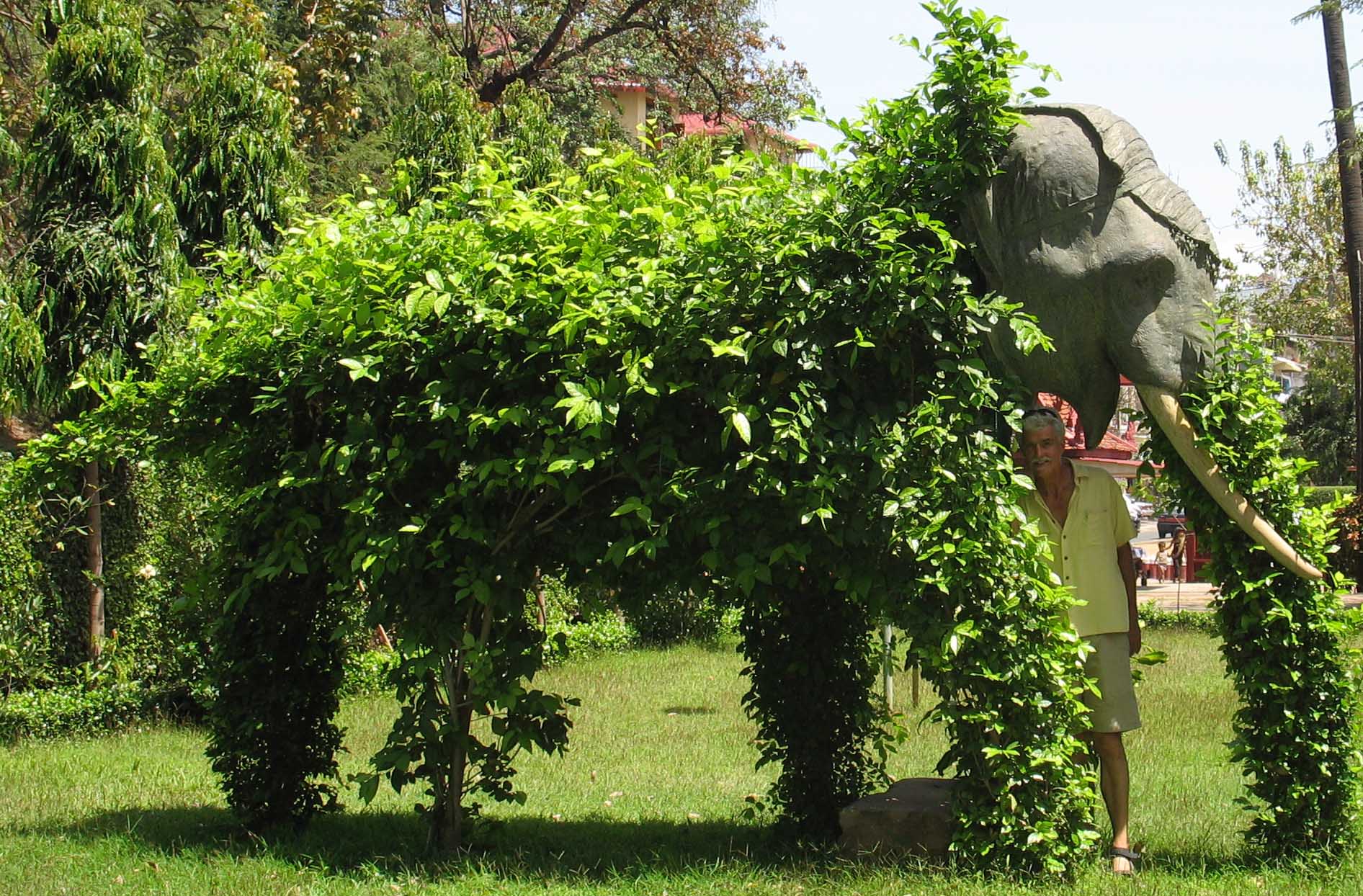Vietnam (July 7 – August 7, 2006)
December 5th, 2006Flew over from Singapore on Tiger Air, a discounter. Met by two young Vietnamese women, one of whom is a sister-in-law to our East Meets West coordinator, Min. They took us to breakfast at the airport restaurant, the best airport food we’d ever eaten; wouldn’t let us pay. The young lady translator was very eager to converse, not at all shy. They put us in a taxi and directed it to take us to the Ho Chi Minh train station, where we waited for our overnight train to Danang.
The train ride was long but we saw a bit of the countryside and several locals came into our compartment and made themselves comfortable practicing their English. No one spoke very well but we all made ourselves understood. Many just passed by and checked us out. There was a door we could shut and lock, which we did later, after dinner, which a waiter brought. At around 11 pm there was a knock and the door was opened by the porter and 2 people came in.
We thought we were home free, that the upper berths were going to remain empty for the whole ride, but no. The two were part of a group of 19 high school kids and one leader from Scotland. We showed them where to step to ascend to the top bunks and all went to sleep. The kids were all Glaswegian and the leader was from Edinburgh. They fund-raised for the trip and were doing some community work as well as having a holiday. Everyone got off in Danang.
Once again, we were met at the station by two women, Min and Ha. Min is the coordinator at the clinic and Ha is a dentist. They got us to our hotel, where I sat on the bed in a large room connected to the world through wifi: very plush for $23 a day. They told us to relax and not help with the setup at the village school where the group was doing dental outreach for a week. So we had breakfast together and wandered up the street 5 blocks until we came to the river, where the locals stroll on Sundays and take their evening exercise walks.
We found Danang to be quite built up. Not much old stuff left. I suppose much of it was destroyed during the American war. Buildings are very narrow, some tall and narrow, which harkens back to the days when houses were built long with a small courtyard in the middle and no windows on the sides (for another long house would be on either side). Later I found out that they are taxed by the width of their property. Danang bustled with commerce all around. Unfortunately, foreigners are charged 2x the regular rates when shops/vendors can get away with it. Most people do not understand English but can say hello when they see us walking by. Those who study English, try to converse.
That evening the whole staff at the clinic took us out to dinner. The crew of volunteers included Amanda and Jocelyn from Manitoba (starting their 3rd year in dental school), Heather, from Scotland (going into her 5th and final year of dental school), Jenna, a 20-year old dental assistant from Brisbane, and the two of us. There were 8 from the clinic. It was a 7-course meal and delicious — a great way to get to know everyone.
The next five days were spent working on school children from a village 45 minutes away from Danang. A majority (99%) of the kids had never seen a dentist and came from very humble homes. Most were patient patients, well-behaved and compliant. A handful gave us a hard time and we had to send them off without care. All came back later in the day after a talking-to by a parent and sat through treatment. Some were as young as 3 or 4 and they were not necessarily the difficult ones. A few were in their teens.
Dr. Hoa examined each child and I (K) would show them to where they were to wait to be administered anesthetic. Then I would show them where to wait to be either prepped for filling or for an extraction. Most of the kid required both, so they would get the filling first then the extraction. Afterwards I would direct them where to sit until the bleeding was under control, then release them. All Howie did was to cut cavity preparations, drilling all day long – on an awful chair that hurt his bum, which his assistant, Hien, kept mentioning. The two Canadians were allowed to fill cavities. Heather could fill and do extractions. Sometimes Dr. Hoa would prep, if Howie’s line got too long. Dr. Long, who mostly administered the anesthesia, would also do extractions and sometimes fillings.
We saw over 500 children in a week. Everyone worked very hard. Three assistants (dental nurses here) helped the practitioners, running around getting liners, amalgam, whatever the docs called for. I assisted Howie will a filling, sucking saliva and retracting the cheek. We all helped clean up at the end of each day, usually not leaving the place until after 6.
East Meets West Foundation [http://www.eastmeetswest.org/] has a dental clinic in Danang where they see disadvantaged children. The foundation accepts the help of volunteers but provides no lodging support. I suppose most volunteers have on-going practices and can write off their trip expenses. I’m sure they don’t get a lot of dentists who have no income (like us) so they are not set up to provide housing, like other volunteer situations where we have worked (ie. St. Luke’s hospital in St. Lucia or the orphanage in Mindanao).
Howie decided to stay and work an extra week here, as there is a need. We have also been invited to join the whole EMWF crew in Vietnam at their annual retreat in China Beach on the 29th, which was fun and we met more people involved in development work.
Went to Hoi An after the week of outreach. That’s where all the tourist go – don’t see many in Danang at all. So many Vietnamese in that town speak English. Many speak to you to try and lure you into their shops or restaurants. We did a tour of the old village one day, a tour of My Son, an old Cham ruin where we could do a bit of birding another day and sat on a beautiful white beach on the third. The kids selling fruits on the beach were a kick and spoke the best English, picking up all the slang from the visitors. Water was refreshing. Sunday noon was empty but by the late afternoon it was a mob scene, filled with locals who know better than to be in the sun during the heat of the day. The sand was scorching and one had to dash in and out of the water.
Another outing was to the local beach here in Danang. The clinic had no patients on Thursday so we spent the day at My Keh, a 4 k hike from our hotel and across the river. Hot walk. Sat under an umbrella and read our books. Water was warmer than at Hoi An but the breezes were cooling once we got wet. Got really brown just sitting in the shade. Had a nice lunch of fresh grilled prawns and a huge cuttlefish salad.
Rode with 2 easy riders to Bach Ma NP. Quite a racket getting up into the park – had to use the park van, which cost an arm and a leg. We stayed at the bottom of the park, by the gate the first night and birded around there. It was hot and all uphill. At the top was a different story. There were several lodging options and all seemed to be booked for the weekend with mostly Vietnamese. Come Monday, everyone left but a handful of foreigners. They fed us too well, meaning too much food, albeit not very imaginative dishes. Upon entering the restaurant the first night, we had to share a table, as the place was packed and jumping. As I (H) made my way across the room, I was requested to join in a toast of rice wine at a table of noisy locals. Easy enough. Then the next guy wanted to toast. Eight shots later, I had worked my way around the table and could join K. Good buzz that night.
We had the trails to ourselves. Yes, there were leeches there too. And it rained every afternoon. But mornings are when you find the best birds anyway. In the jungle, no matter what, the birds are hard to find. Prizes included short-tailed scimitar-babbler, rufous-throated partridge, silver-eared mesia, and loads of slaty-backed forktails.
And there were ruins from when the French used Bach Ma as a hill station, old villas and old hotels. Signs of the American war abounded, where the site was used as a helicopter base. I (K)enjoyed exploring the side trails and got a bit of exercise in walking to the summit and back a few times a day. Views of the coast from up in the mountain were spectacular!
Our bikers came to pick us up and take us back to Danang. We had to stop at the pass because the rain caught us. There were some remnants of the war, which we checked out.
The last week in Danang was work for Howie at the clinic. There we met Loan and Luan, the former a Viet Kiew dentist who just finished dental school, the latter her husband. Loan’s little brother Ut was with them. They love to travel and have been all over Asia: they come every other summer. We had a great dinner by the beach; Danang is famous for its seafood.
We partied and said our good-byes, heading for the central highland town of Da Lat, Vietnam’s honeymoon capital. Travel by bus is easy and cheap here, as are the hotels. We were referred to a great little place, Dreams, run by a stereotypical Vietnamese woman, Dung (no, it’s pronounced Yung) – she was cany, ambitious and able to arrange everything. I asked about birding and she had a fellow in the lobby 20 minutes later. We quickly made plans to visit sites renowned for endemic birds.
Our first site, the Ta Nung valley held only a small remnant patch of hill forest, but in it resides one of SE Asia’s rarest birds, the grey-crowned crocias. It was disheartening to realize how little forest remains, but once in the forest, perspective changes and you are once again engulfed by the verdant growth, the chatter of bird flocks and a dripping humidity. Our moto guides knew the area, but rainy season had blocked the forest entrance with 10 foot high elephant grass. So, we thrashed around in that a while before entering the forest. The trail we found was quickly abandoned when we heard a group of crocias upslope. The next hour was spent trying to glimpse the crocias, as they fed in the canopy. They had us slogging up and down the hillside, through leech infested thickets and thorny tangles. Rain was intermittent. I was having a blast, but looking at K, I knew I was testing her limits. Beside the brief flashes of crocia, we saw hardly any other birds.
We had 2 bikes and 2 drivers, so in a flash of inspiration, I suggested K bail out. Governor’s pardon and off she went. I remained in the clearing, where we parked the bikes and started seeing birds. In the half hour after K’s departure (I wouldn’t have minded birding on the road!), I found over 2 dozen species. The kicker was finding crocias feeding in lantana bushes along the road, giving luxurious, point-blank views. These are the moments one searches for, and sadly I was unable to share them with Karen. I returned a few days later and failed to find them and sent a Dutch couple there with no success either. The clearing also produced 4 Vietnamese greenfinch, another endemic.
The following day rain kept us in town touristing. We spent a good portion of a rainy afternoon at this bizarre hotel/art project, Hang Nga guest house, built by the daughter of Ho Chi Minh’s successor,Truong Chinh. Reminiscent of Gaudi’s projects in Barcelona, this place could only have escaped the western-decadent label by the creator’s political connection’s during the austerities of Vietnam’s recent past. It is a hoot, with each room built around a different theme: ants, peacock, tiger. No right angles or flat walls or ceilings. Given Vietnam’s struggles over the last 50 years, it comes as a nice surprise to find something so quirky and unexpected.
I arranged an early start for Lang Bian NP for the next morning. Weather threatened again and given the last outing’s challenges, K opted for more rack time and a day in town. A five am start had me leaving town on the back of a motorcycle in a steady drizzle in the dark. My target for the day: collared laughingthrush, another VN endemic and perhaps the most beautiful of this family. My driver told the park gatekeeper we would pay fees upon returning and negotiating permission to take the bike up vs the expensive park transport that would not start running for a couple hours.
Much of the park is under assault from local woodcutters, with harvesting altering the forest canopy height and density. How long this can continue without completely ruining the woods can’t be debated much longer. The mountain’s lower level is degraded pine forest. We needed to reach the ecotone between the pines and the temperate evergreen forest above. As we approached the desired elevation, we hiked our way into clouds, mist and wind. Shit conditions for seeing oncoming traffic let alone birds. But birds there were, ghosts flitting in and out of the greyness. Things are tamer under these conditions, but you have to get very close to identify anything. Although the laughing thrush eluded us, we accepted the conditions and enjoyed what the forest revealed, including my first red crossbills for Asia and a lifer brown-throated creeper. Heavy rain chased us off the mountain by 10 am.
A noontime bus to Cat Tien NP kept the adventure rolling along, getting dumped on the highway at the junction for the park, 24 kms away. Our hostess in Da Lat arranged our park stay, as well as a taxi to the park. Would be much cheaper on a moto, but we were lugging too much crap, including computer, telescope, dental gear, bird books and tape recorder. Fear of rain an issue as well.
At road’s end, one pays entrance fees and arranges a launch to ferry you across. Park HQ is quite developed with a variety of lodgings, a couple of restaurants, empty pool, weed- covered tennis court, Karaoke bar and massage parlour. Needless to say, I spent all my time elsewhere, as there are some nice forest trails to disappear onto. I hired a guide on the first morning, to help suss out the place. He knew many vocalizations and we quickly were on to bar-bellied pittas. Subsequent walks were done alone or with Karen.
Our final night in the park was spent at Crocodile Lake. This required a three-mile walk thru primary lowland forest, which gave us sightings of black-shanked langurs, Siamese fireback, scaly-breasted partridge and more pittas. We stayed at a ranger/research station on the lake’s edge. Spending the remainder of the day scanning, this lush rainy season vista. Winter would yield many migrants, but it was still alive with avian life, not to mention Siamese crocs and Sambar deer.
The star of the show was the green peafowl, commonly called peacock. Seeing these huge, elaborately plumaged pheasants strolling through the grassland at lake’s edge transported me to an earlier time: one where man had not come to dominate, eliminating and reducing numbers of wild creatures from virtually every habitat on the face of the earth. Jacanas, swamphens and water hens, all with young, kept themselves busy gleaning thru the marsh grasses below us. Herons, bitterns and egrets were always in sight at water’s edge. Cotton pygmy geese and lesser whistling-duck would lift off the water, make a few circles, then land in a new patch. A couple endangered lesser adjutant storks surveyed the scene from the top of upland trees. At dusk the patrolling of harrier-like great-eared nightjars would begin, huge insectivores gliding silently about.
A word of warning: Cat Tien has leeches in the rainy season. My knee length leech socks no doubt helped, but I was finding them continually. Sustaining 30 or so bites during our stay. Worst are the under-watchband sneakers, as I never noticed them until they had there fill. Twice I felt the urge to scratch my privates, only to find uninvited companions already gorging themselves. Living in the Maine woods has hardened me to things that bite, so I actually prefer leeches to black flies.
Our trip to Saigon was of note. We were able to find a van across the river. Due to our size, we were put in the front seat with the driver. The next hour was a slow crawl through all the towns and hamlets in search of passengers. Within 45 minutes, the vehicle was full, no crammed, as they fit and contorted people into every available space. Then things got interesting. With a full load, the driver was free to go. Vietnamese taxi drivers have a reputation as maniacs and from our ride it is well deserved. Reckless speed, blind passing and endless chicken with oncoming traffic had our stomachs in knots. And this is on a road with heavy lories, bicycles, cattle, old crones balancing their wares on their shoulder carriers, and with no rules of the road. After an hour of this flirtation with death and destruction, one of the passengers called out his stop. Our driver resumed his crawl for fares and fortunately never again had a full load, so the breakneck rush to town was never resumed. Enjoyed a night of wandering Saigon streets and returned to Cambodia the following day via plane.
Karen has now started her year-long project developing sustainable, community based ecotourism and I will be working for 2 months in Phnom Penh, before heading up to Siem Reap to train bird guides for K’s project. I’ll be working a few days a week at Ankor Children’s hospital as well.
Stay tuned… (this was lost when bootsnall crashed so photos will have to be reuploaded one day)

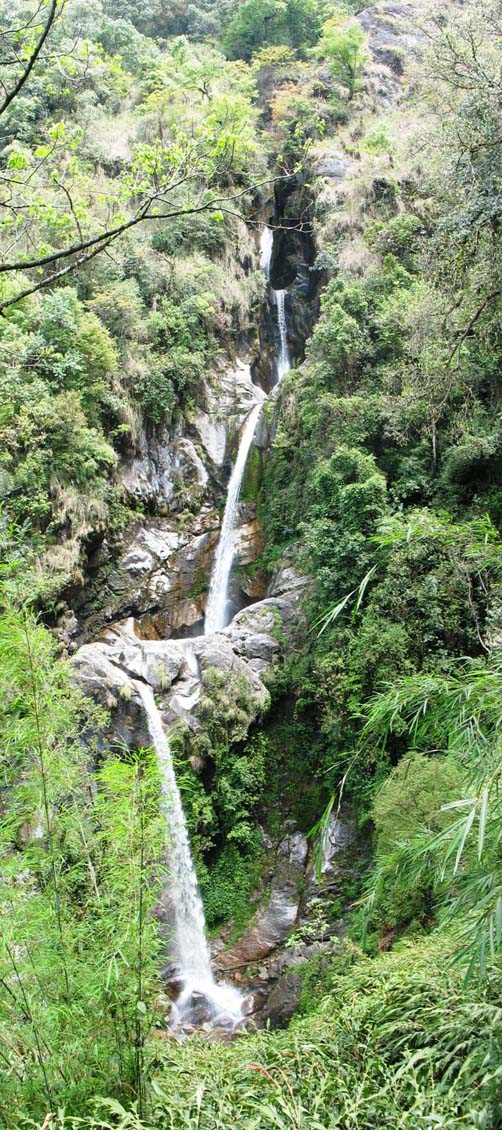


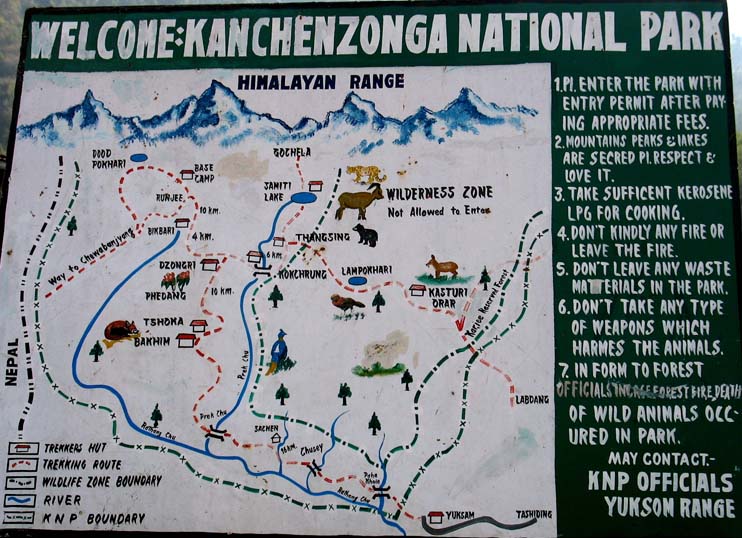

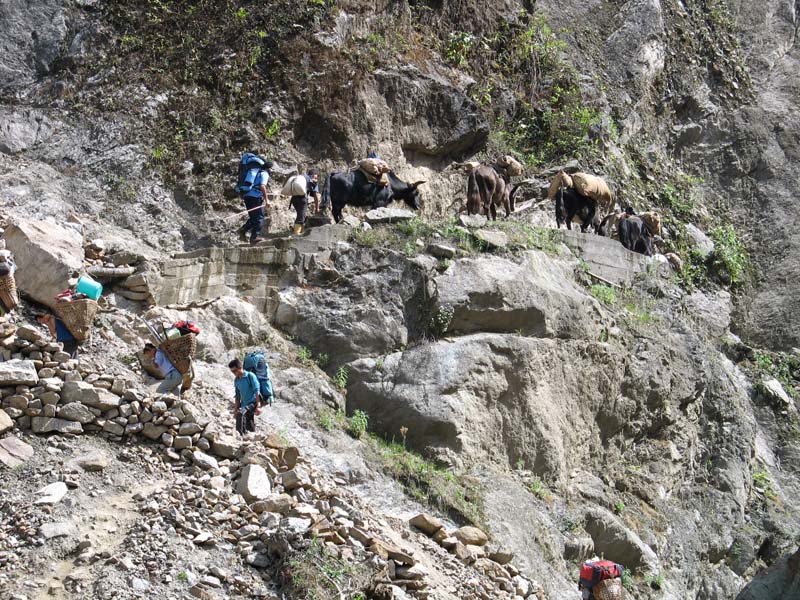

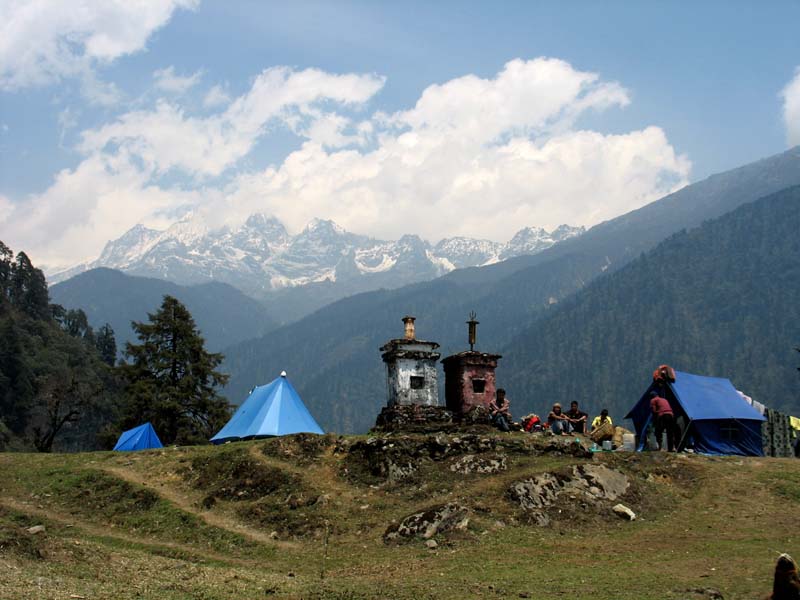
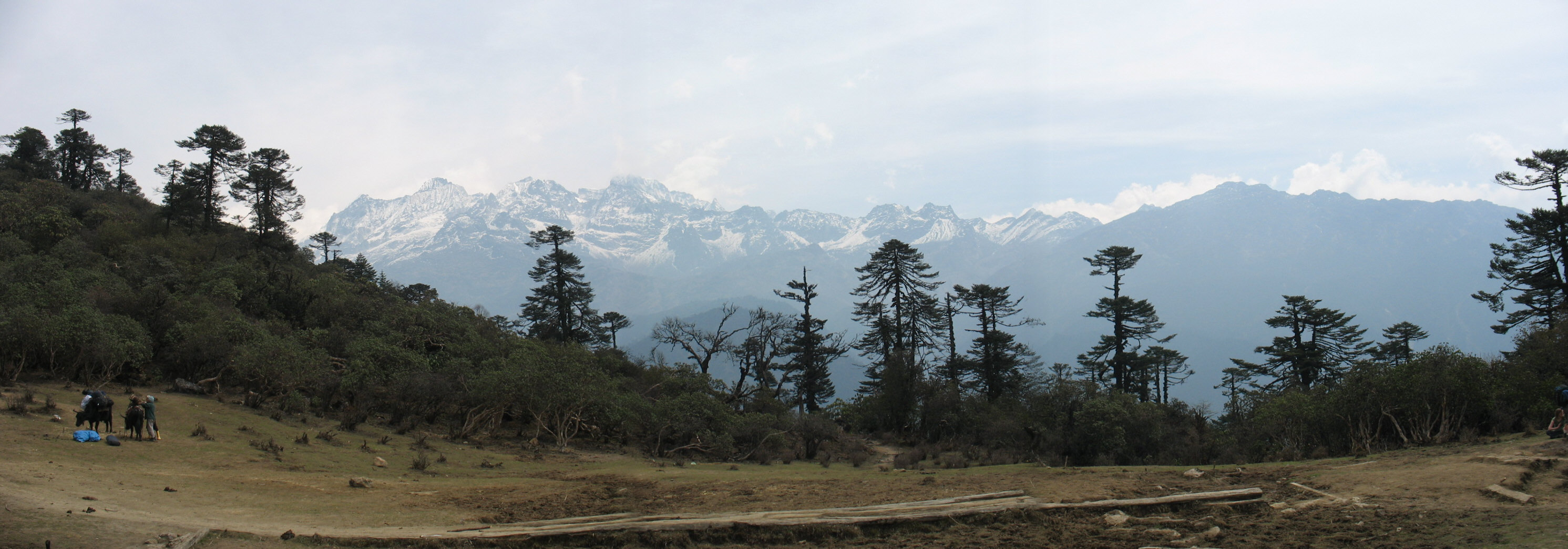
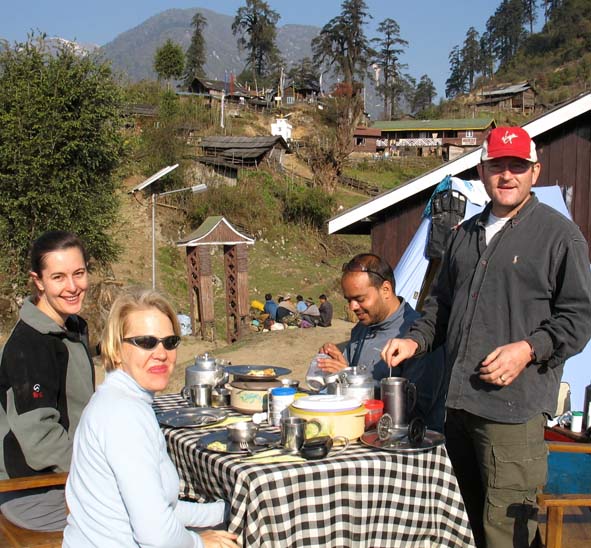
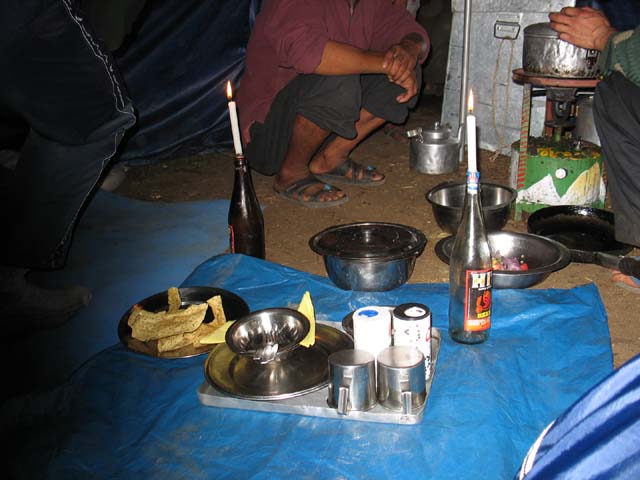


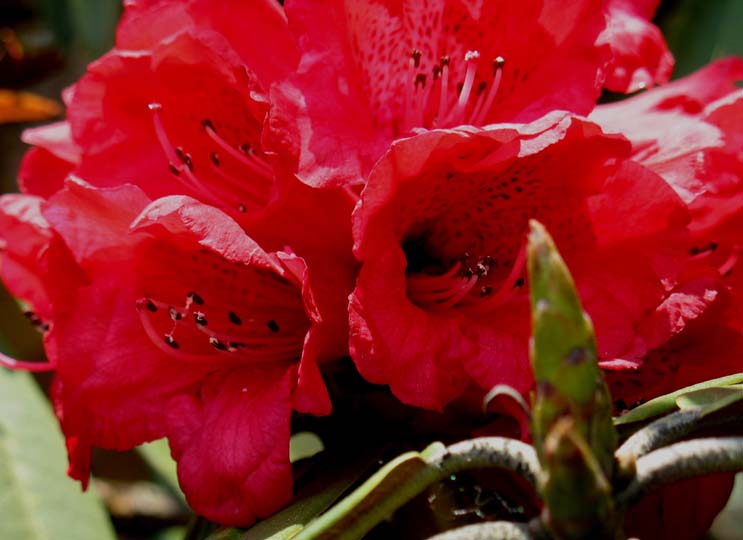
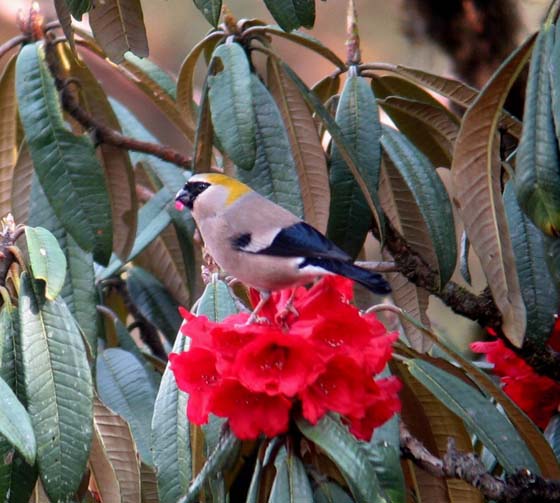 orange-headed bf
orange-headed bf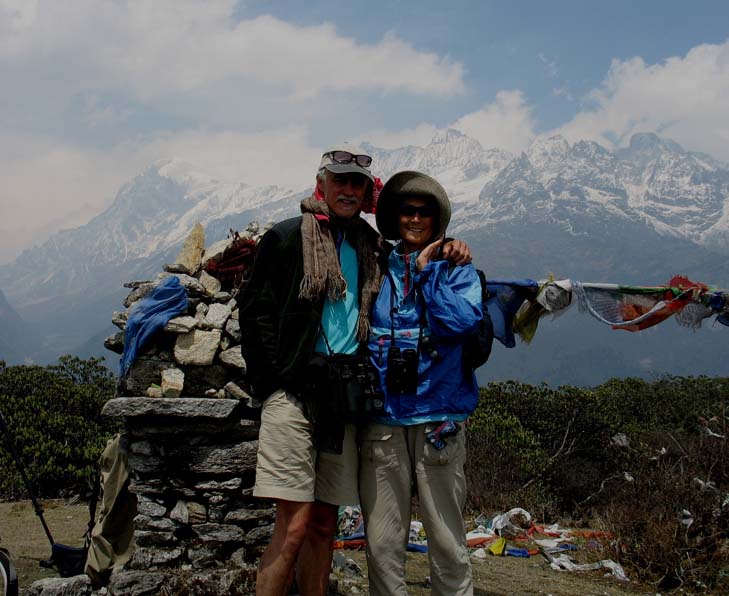

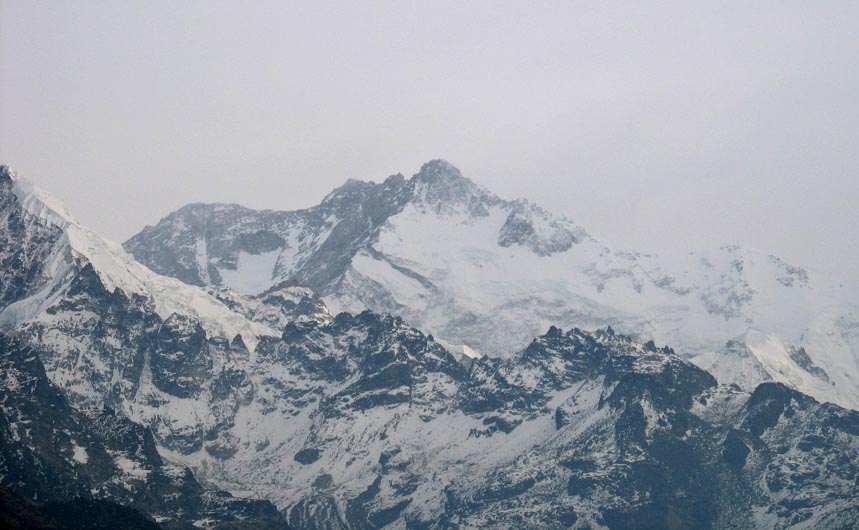


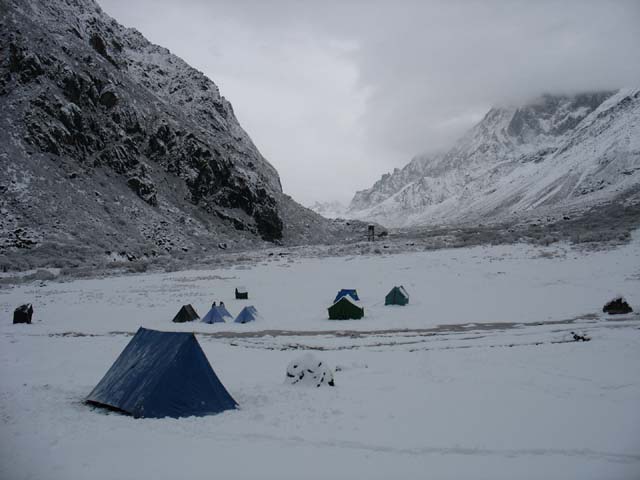
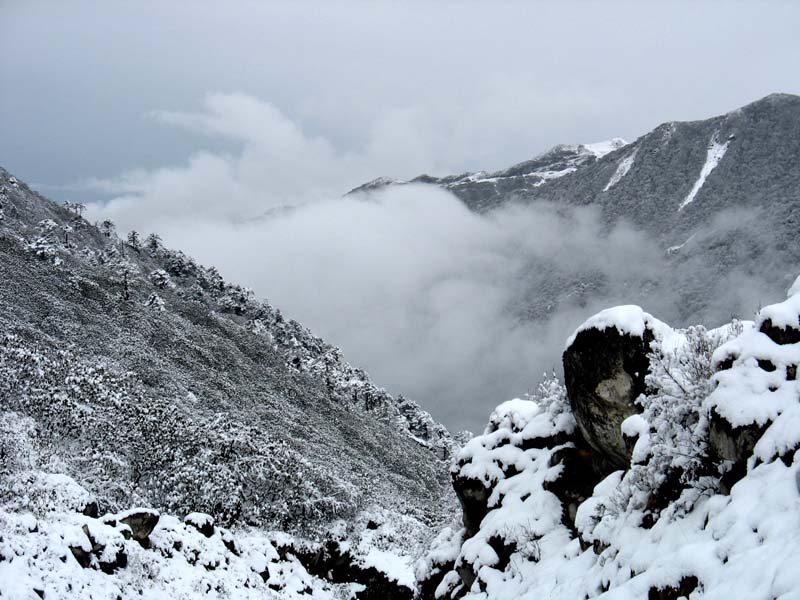
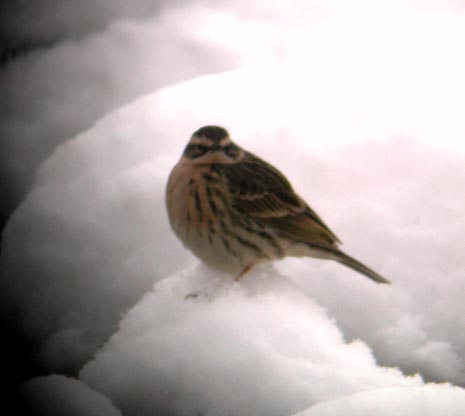


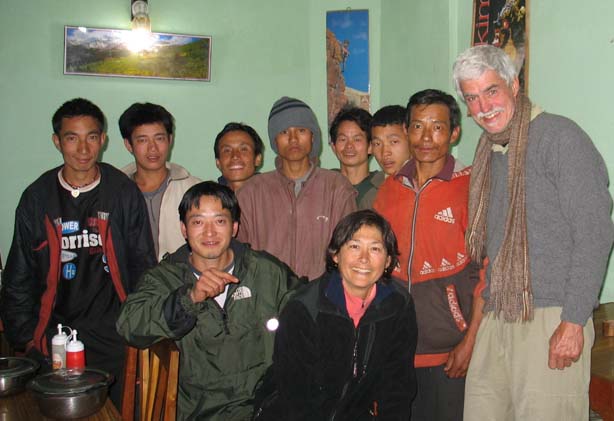

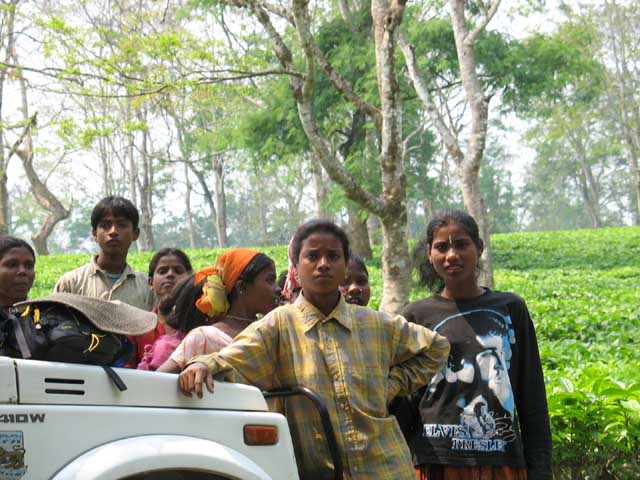



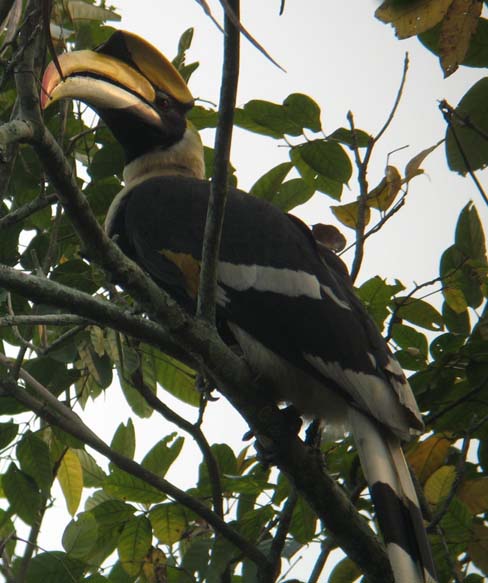
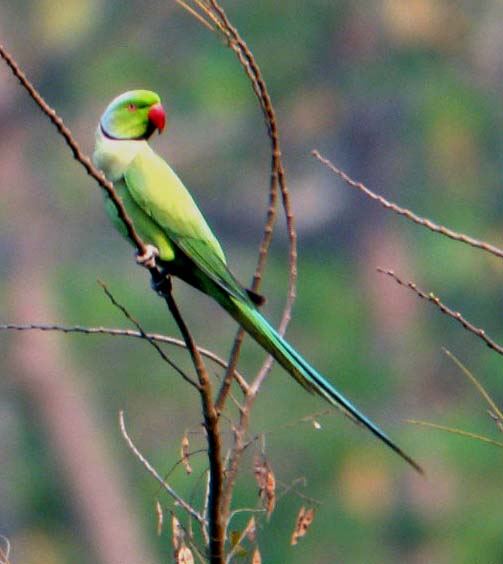
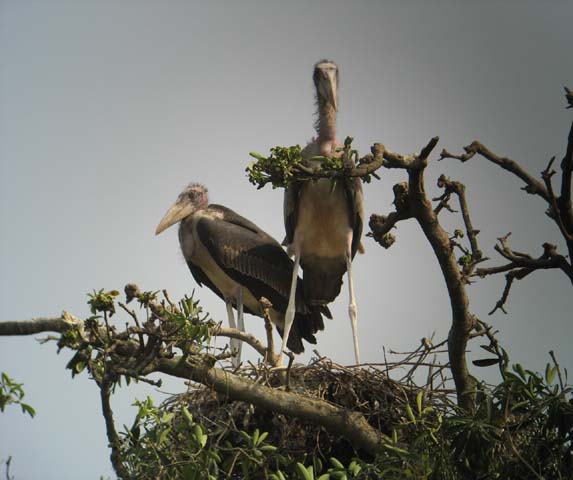
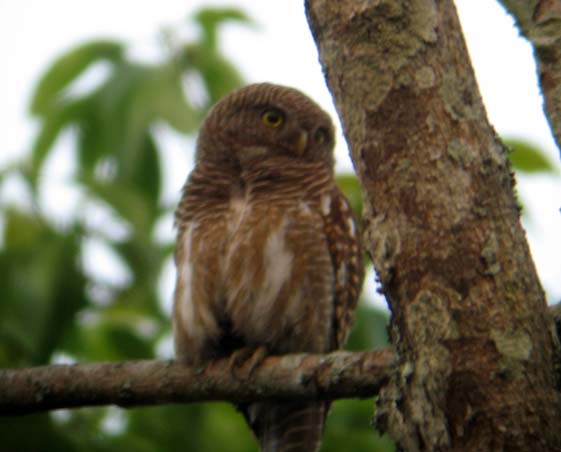
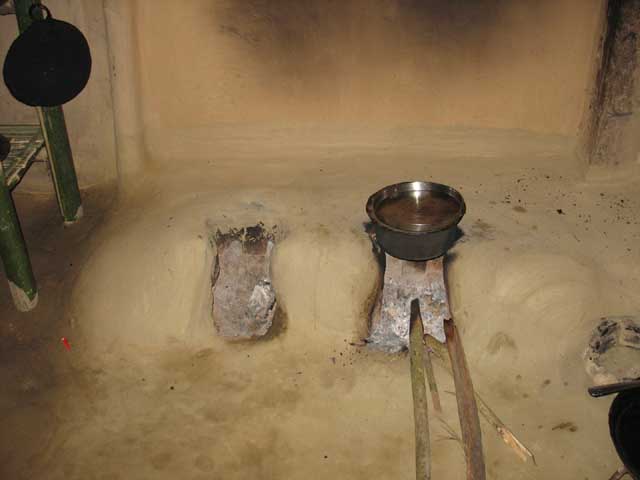
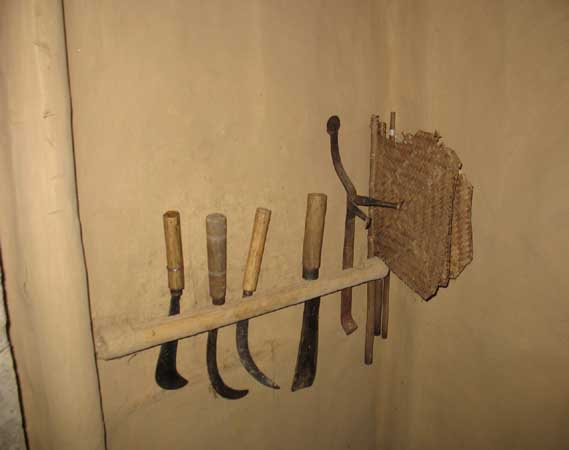 tool collection
tool collection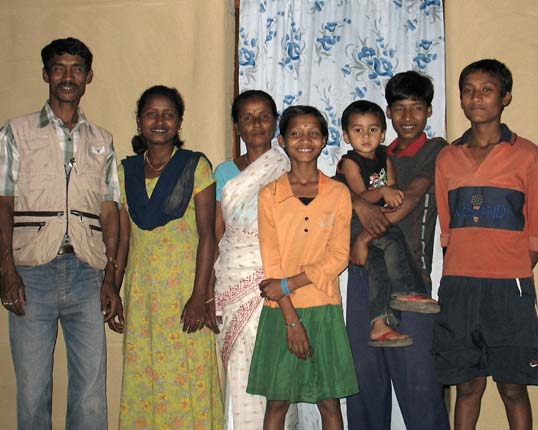 Dhiren & family
Dhiren & family silk moths
silk moths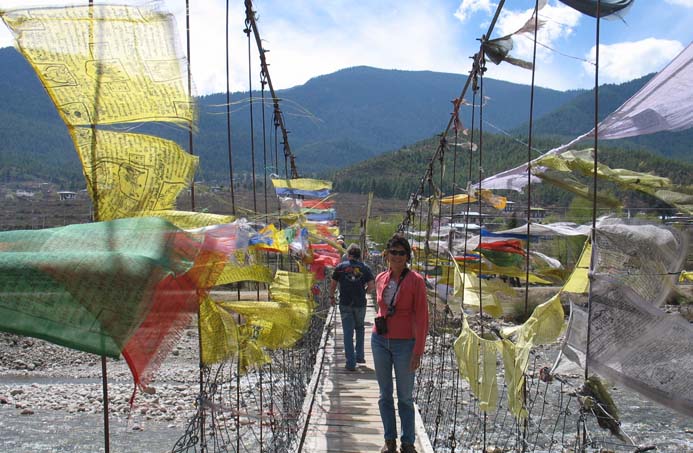 Prayer flags on walking bridge in Paro…went in search of ibisbill.
Prayer flags on walking bridge in Paro…went in search of ibisbill.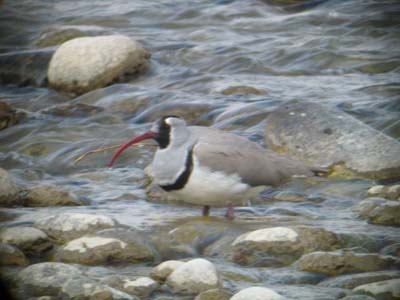 And there we found it.
And there we found it.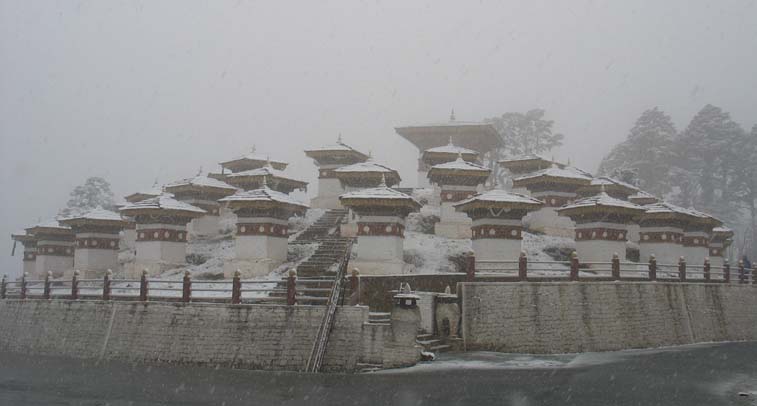
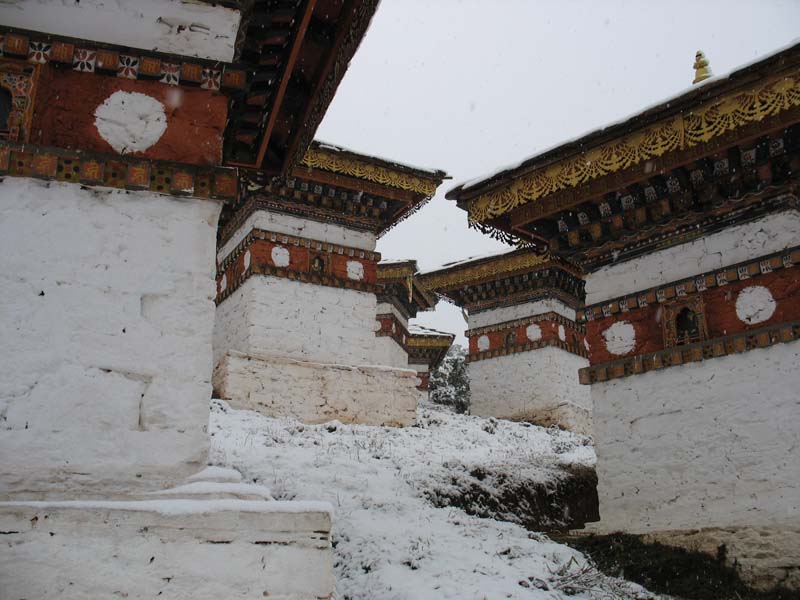

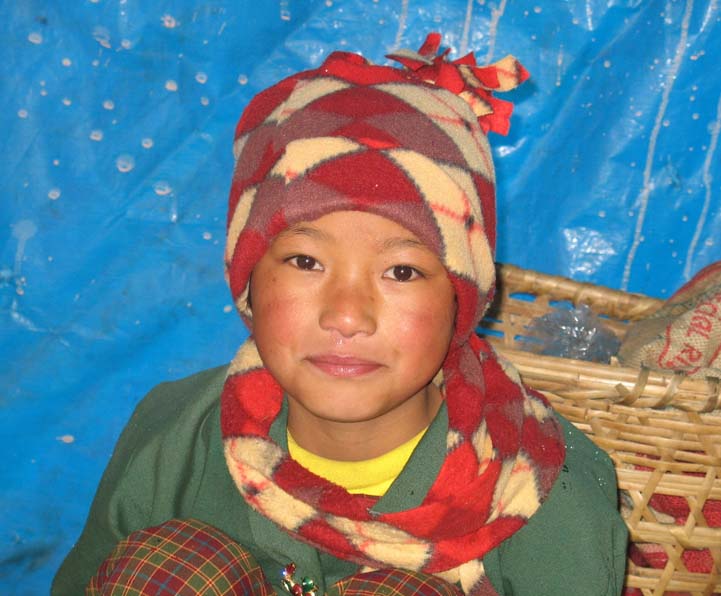
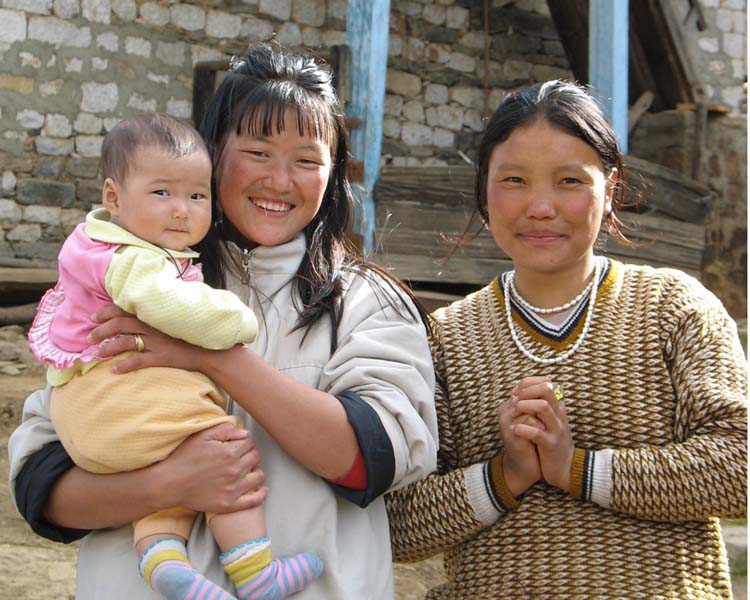
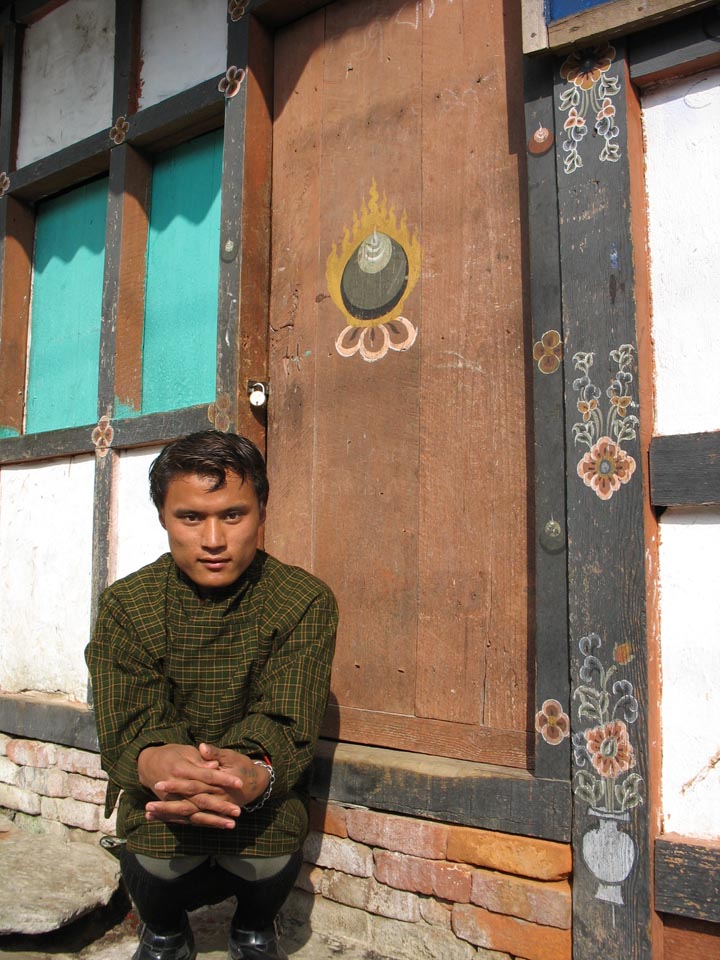
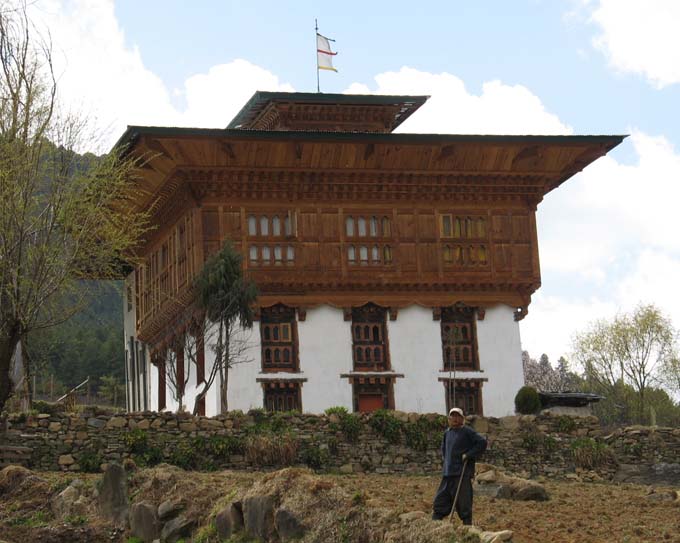
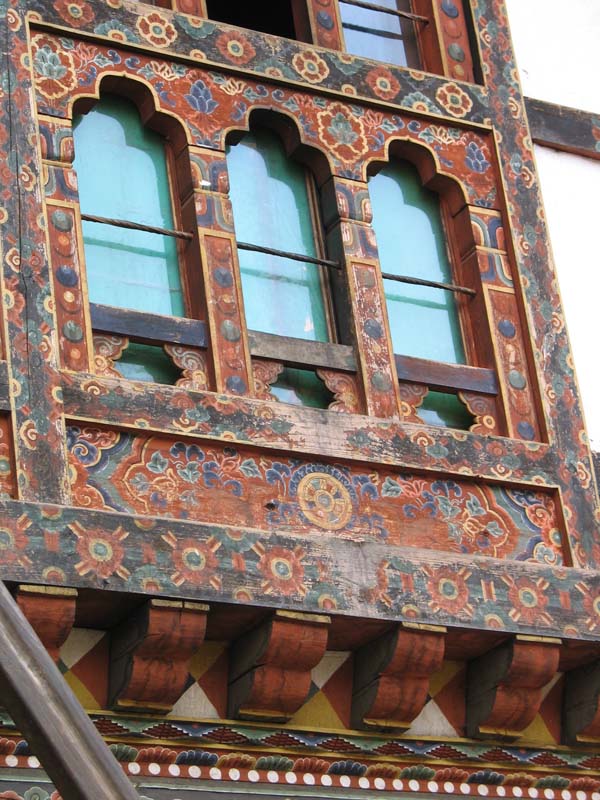

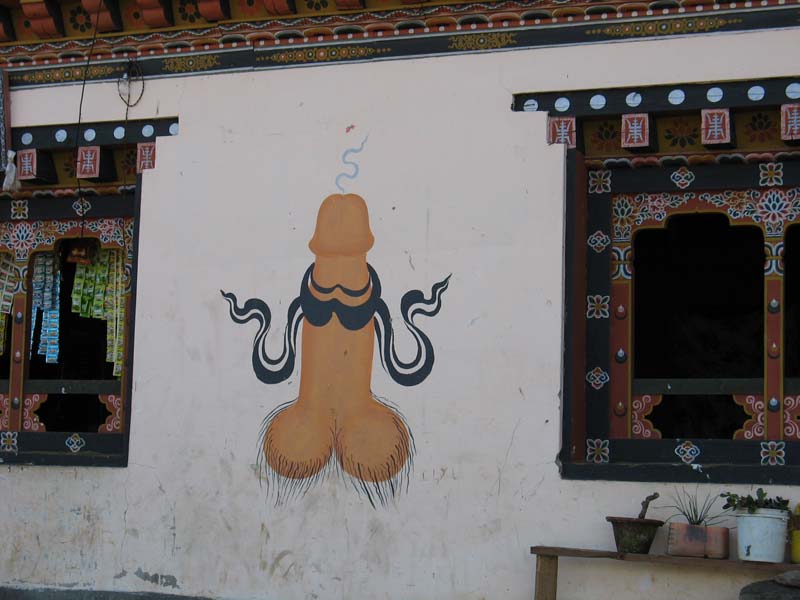 :
:
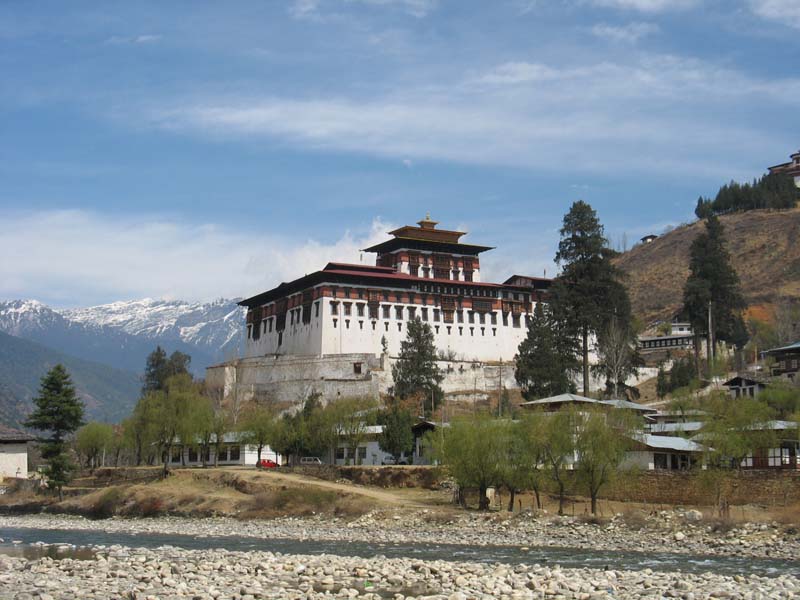

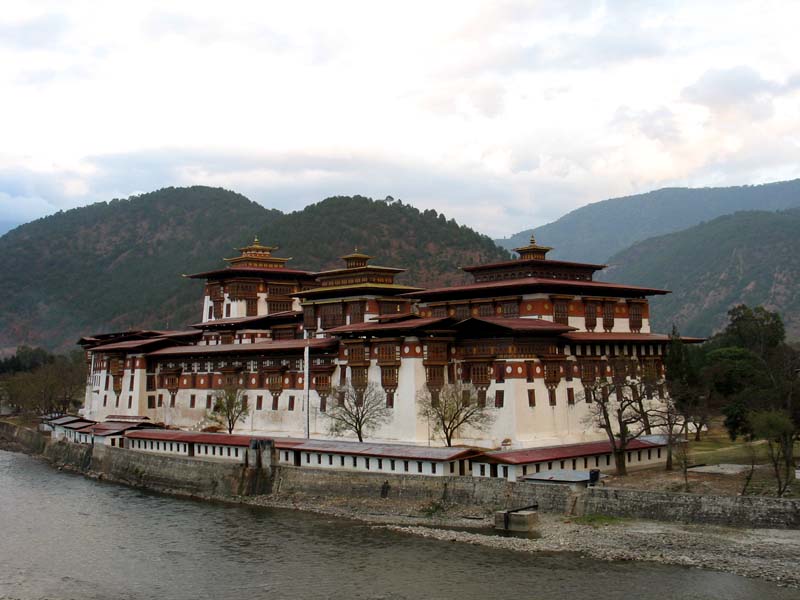


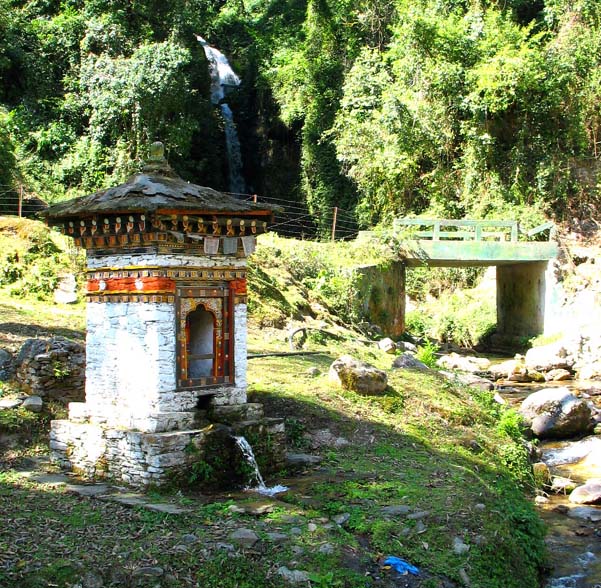
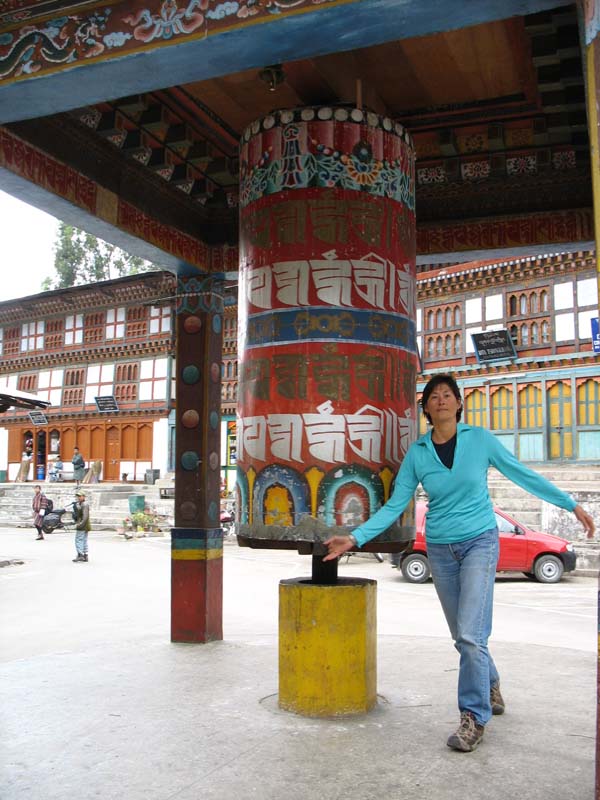

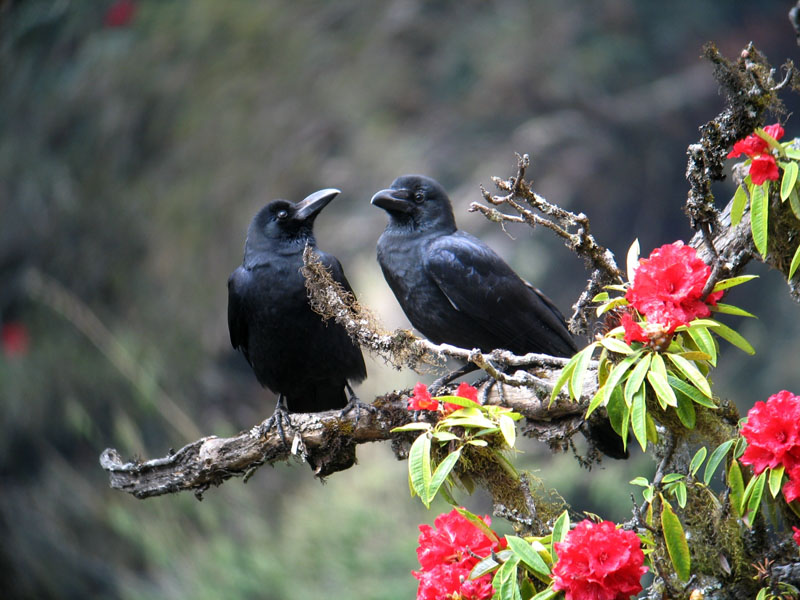 Large-billed crows on huge rhododendron trees.
Large-billed crows on huge rhododendron trees.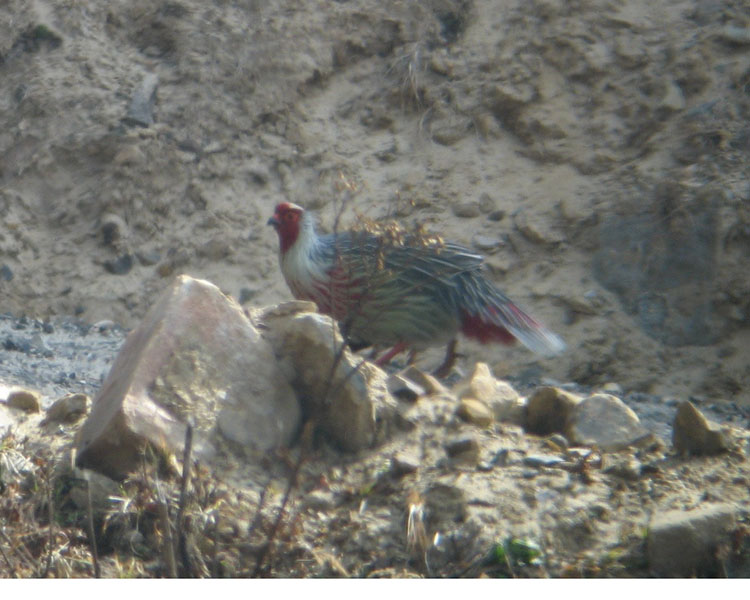
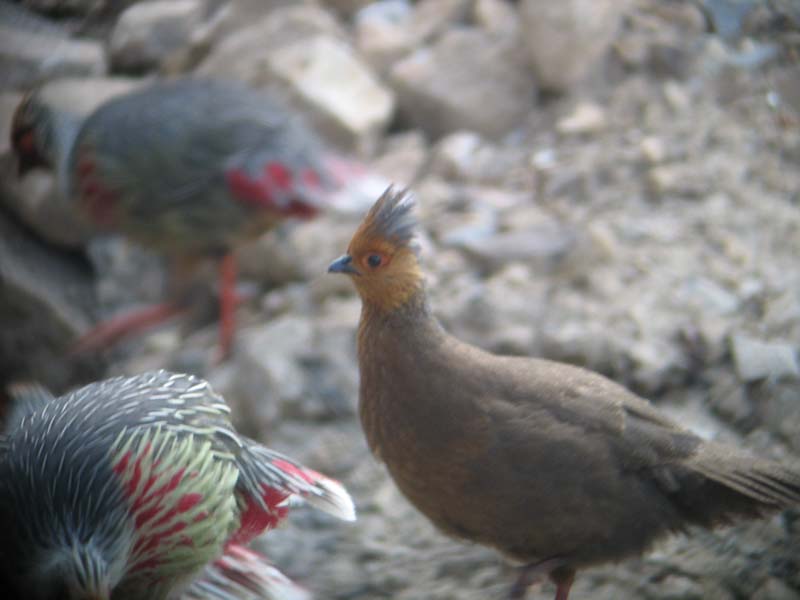
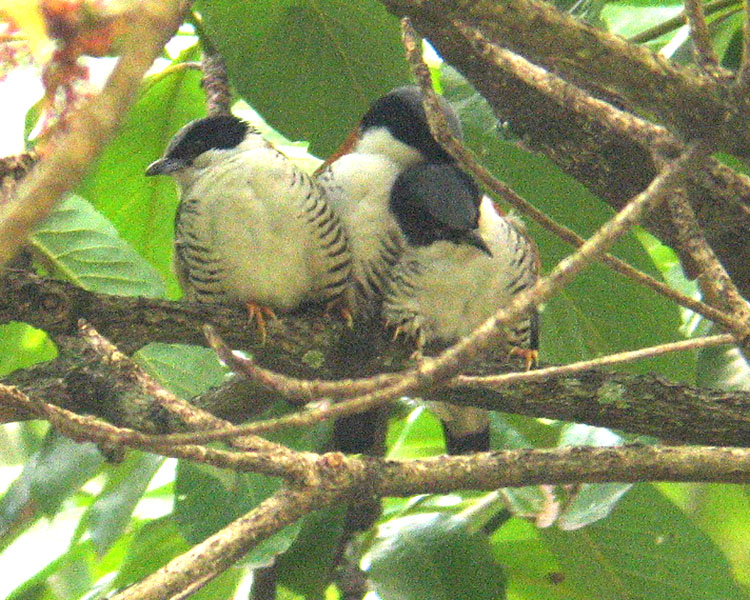
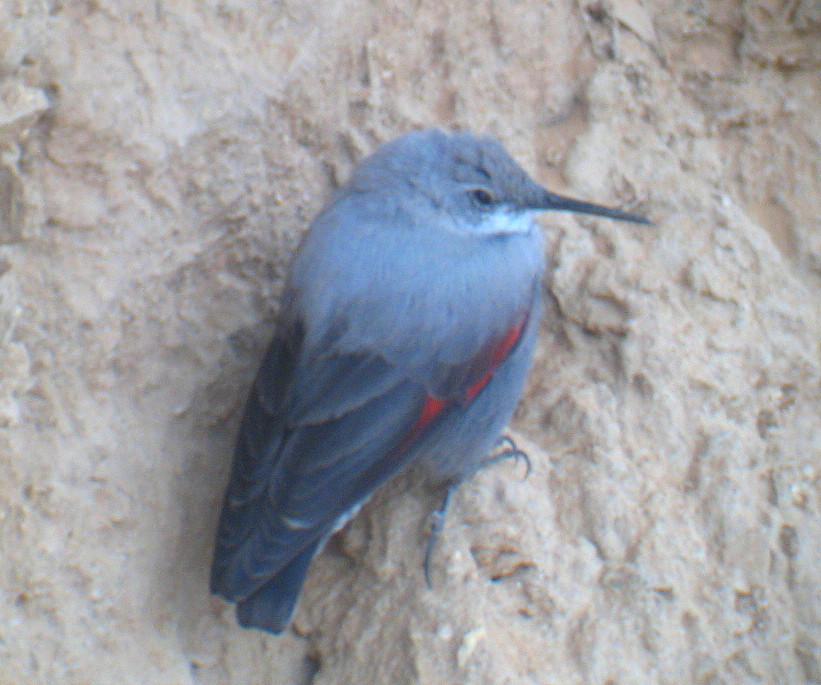 Wall creeper
Wall creeper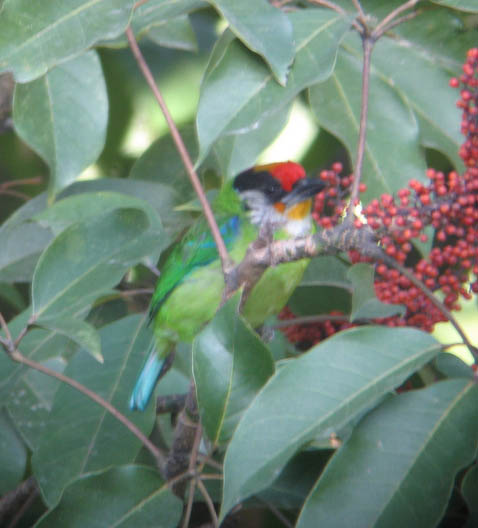 Golden-throated barbet
Golden-throated barbet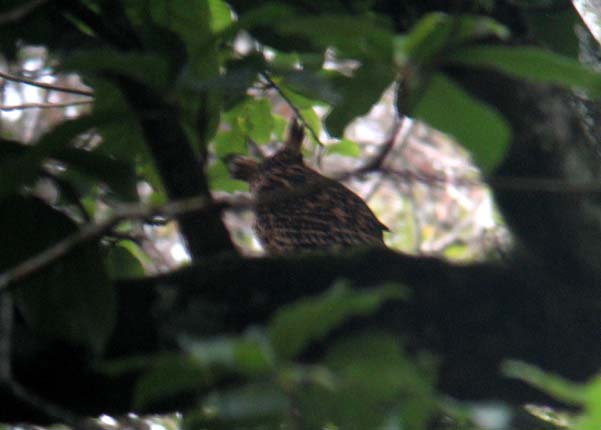
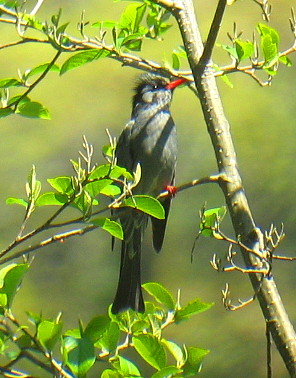 Black bulbul
Black bulbul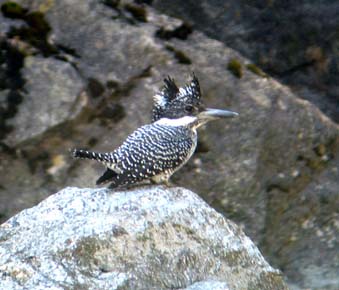 Crested kf
Crested kf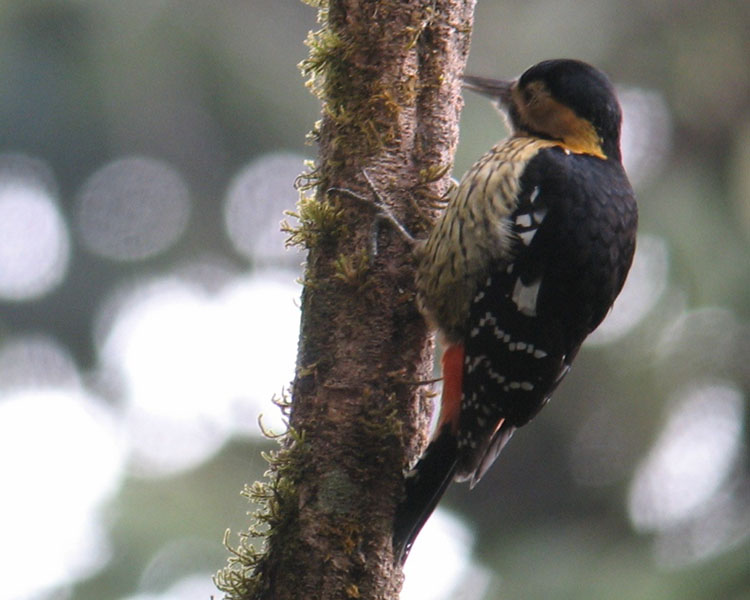
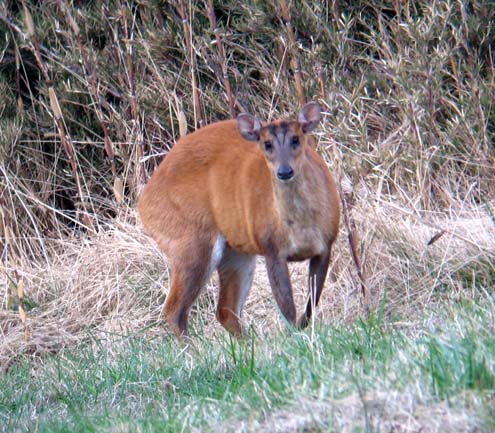 Muntjak
Muntjak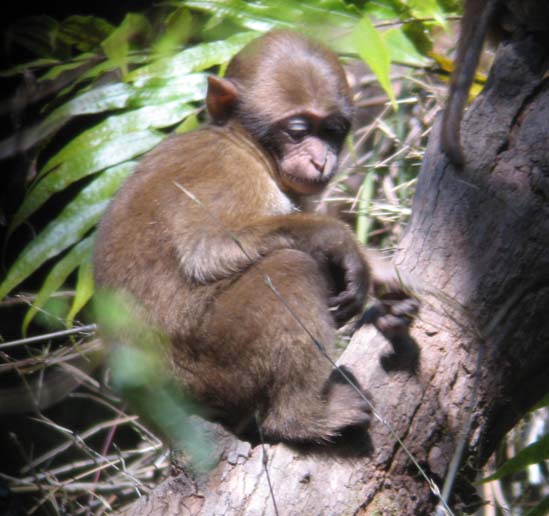
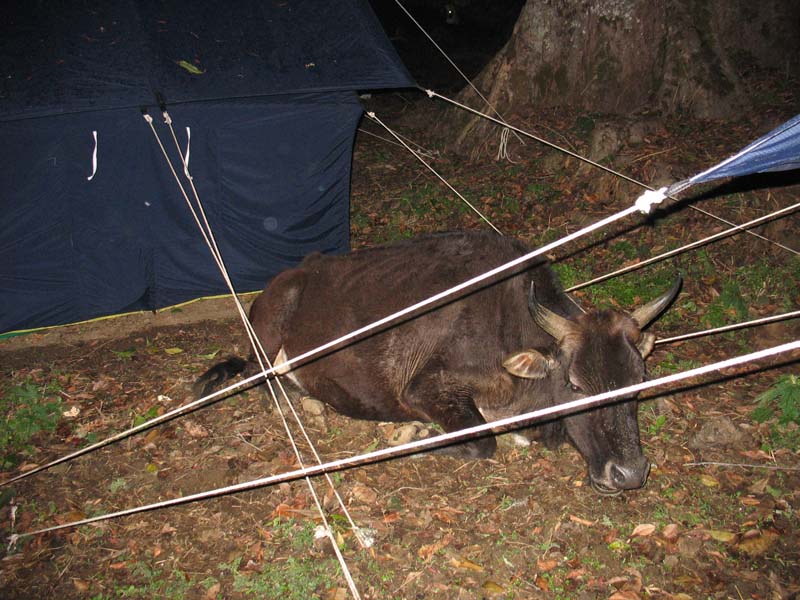
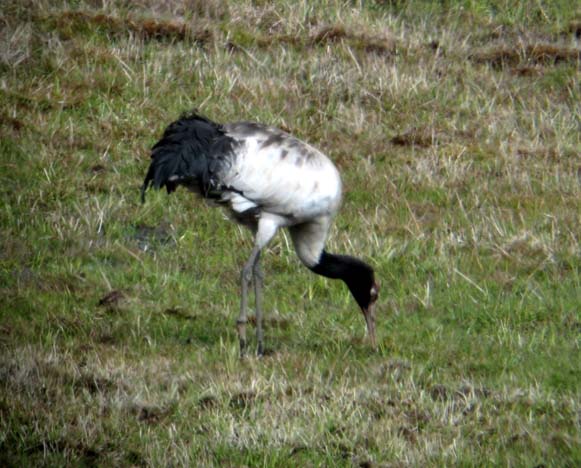
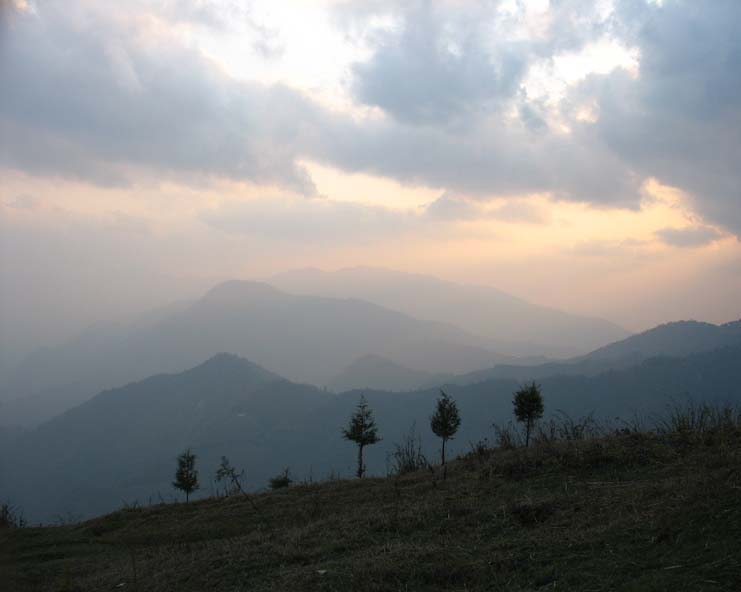


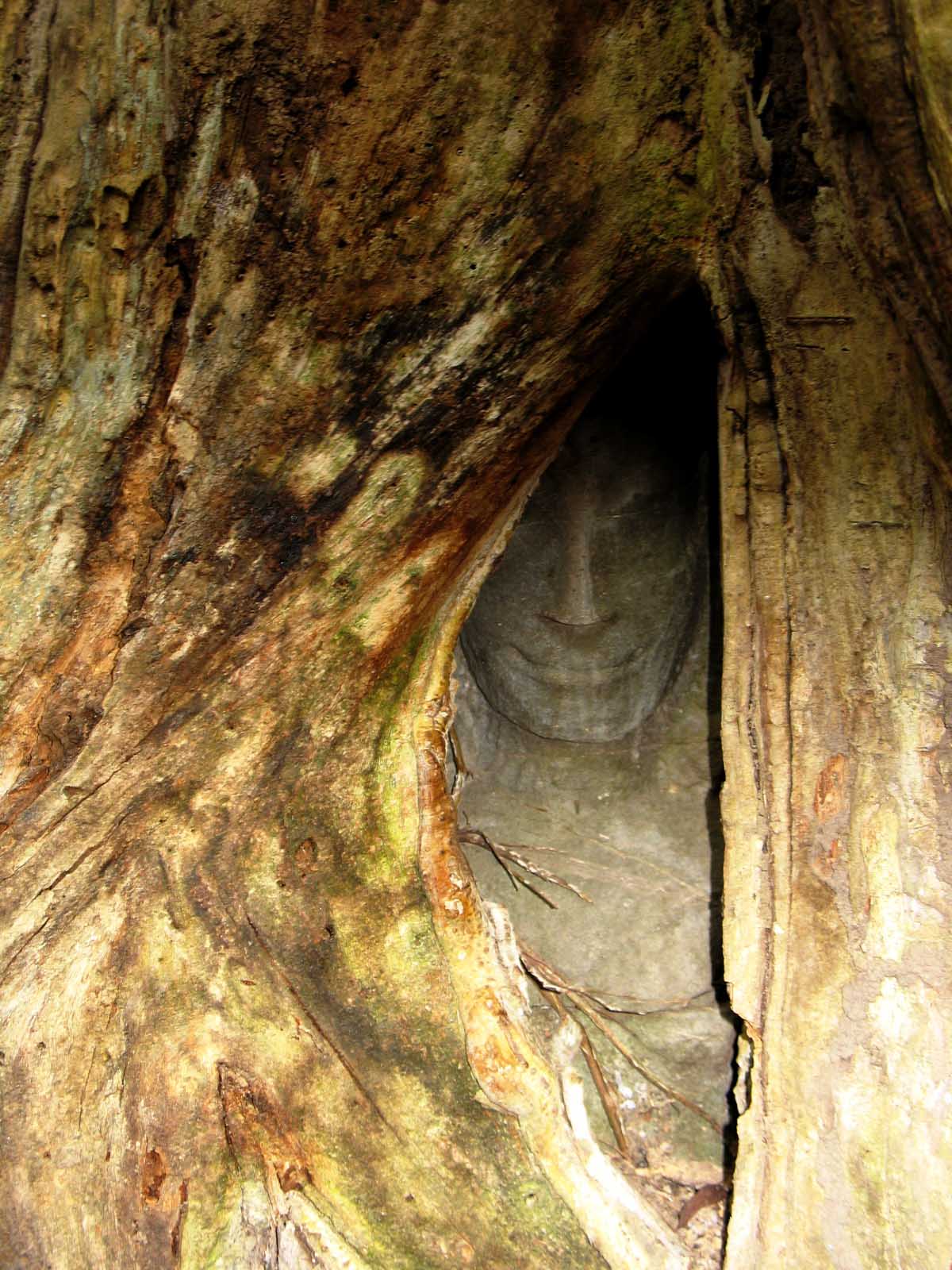
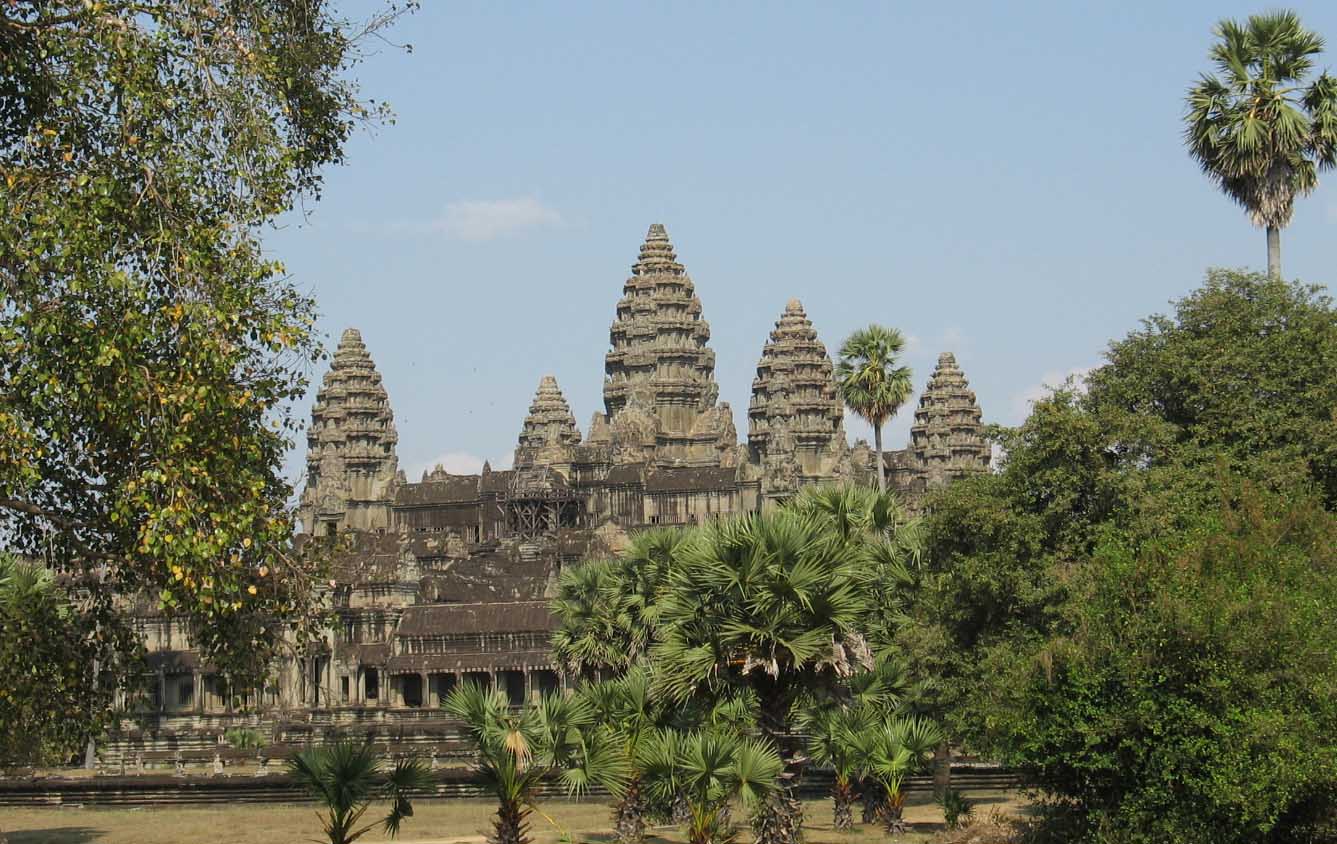
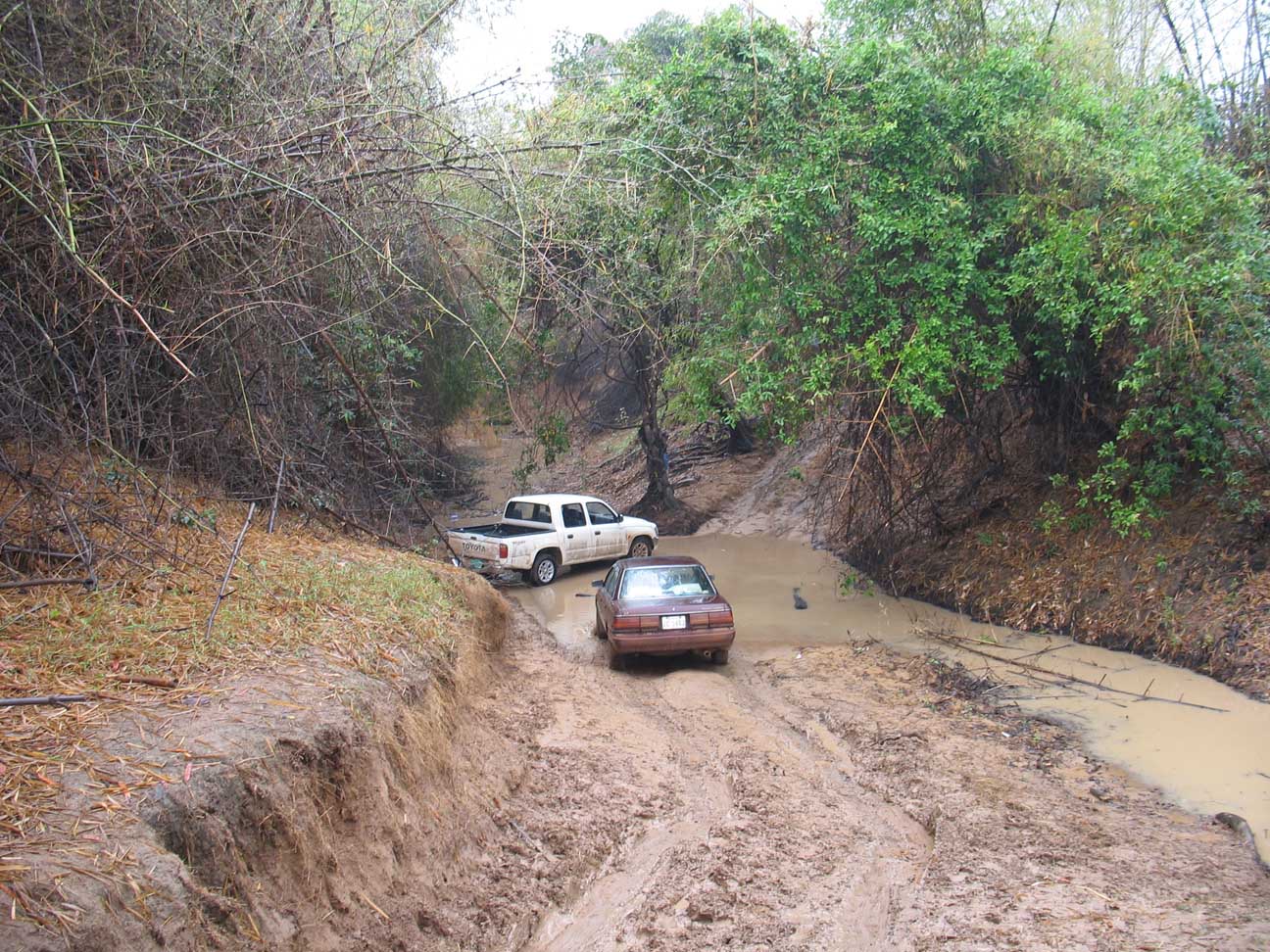
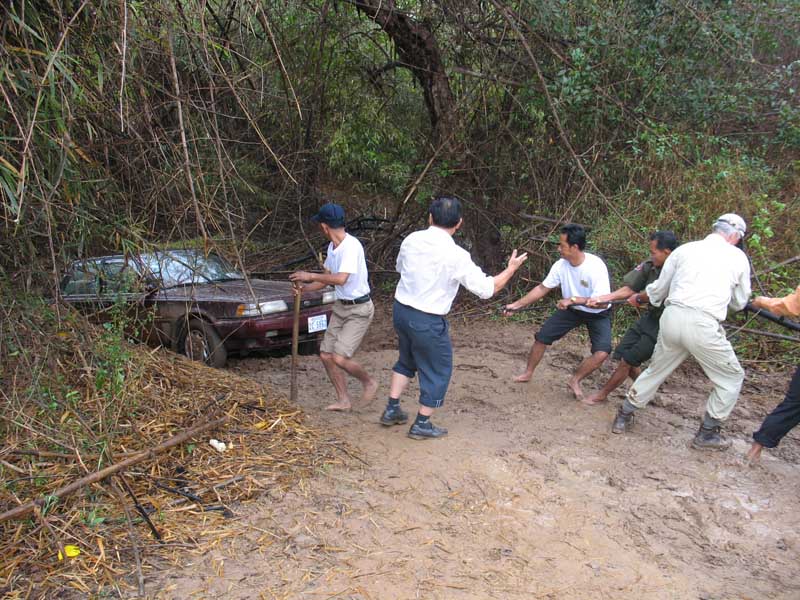
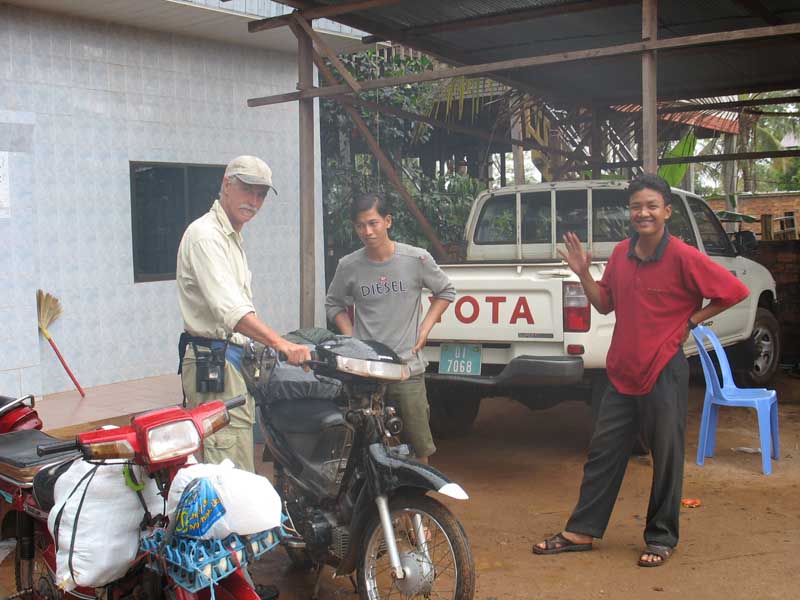
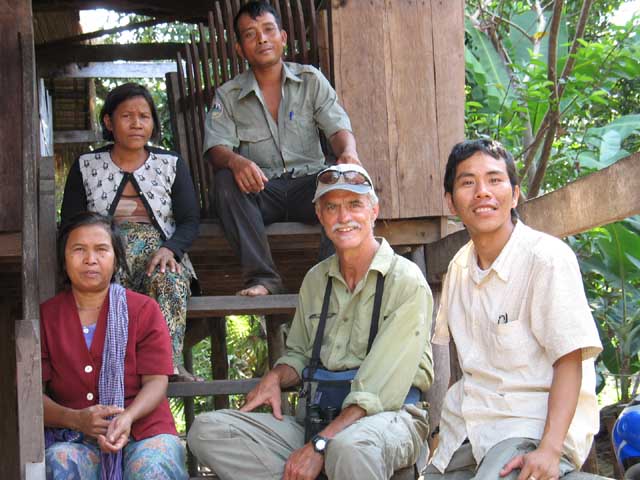


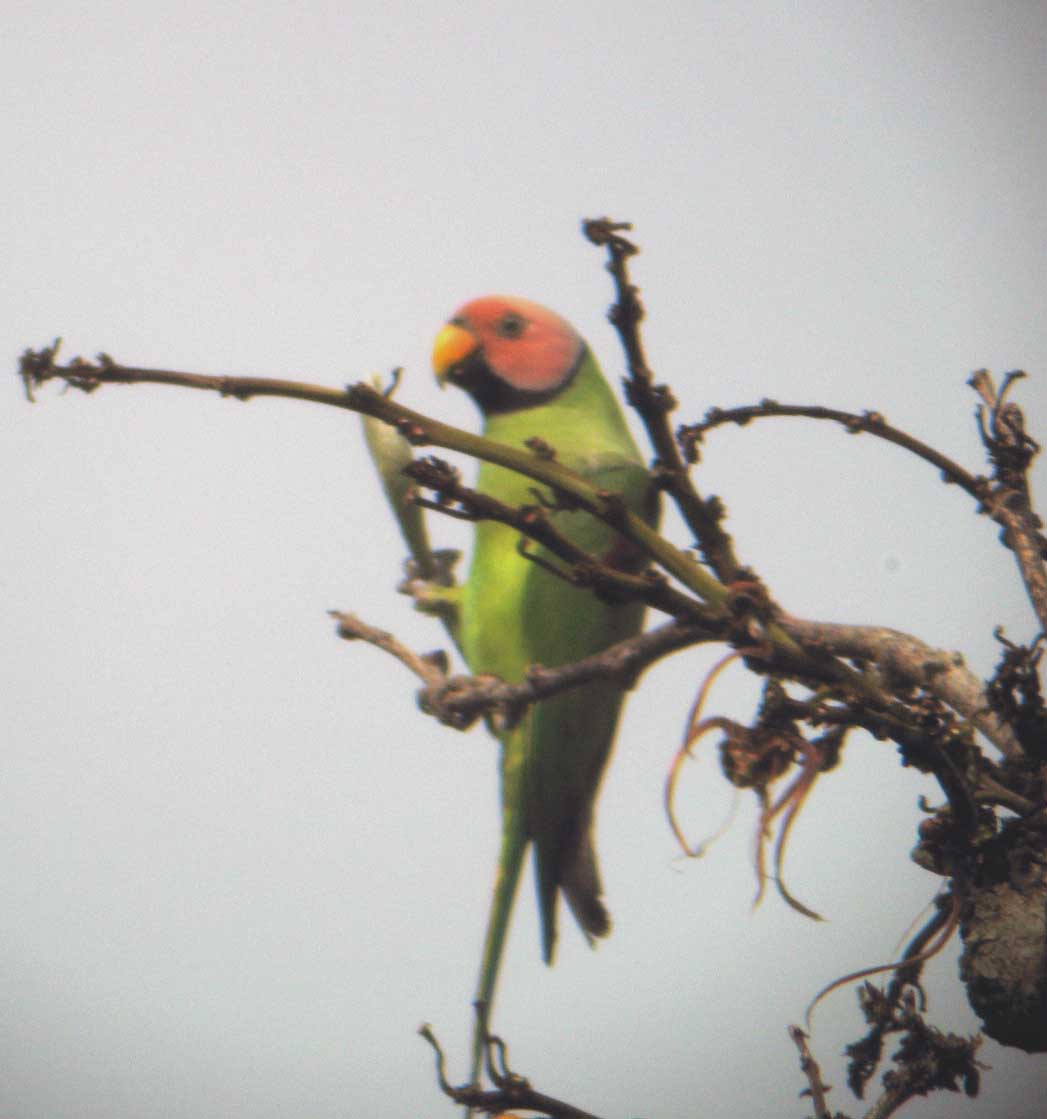 blossom-headed parakeet
blossom-headed parakeet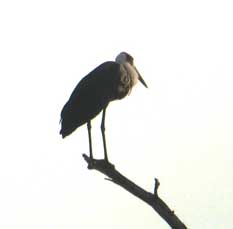 wooly-necked stork
wooly-necked stork
